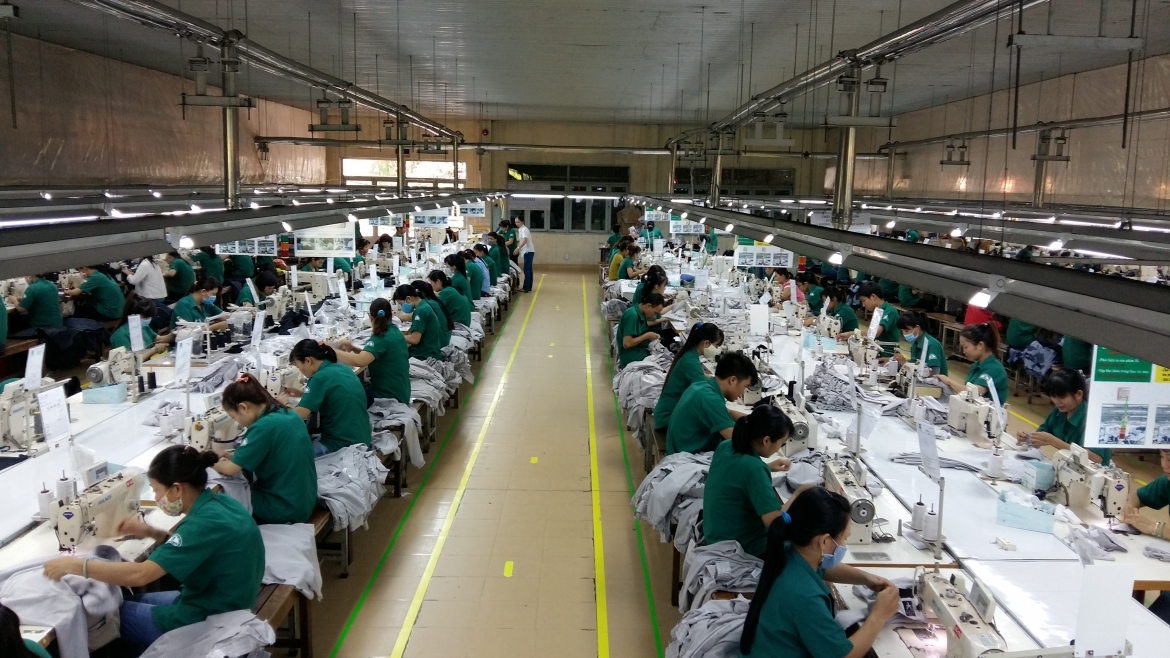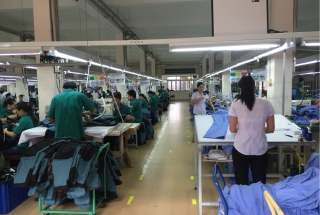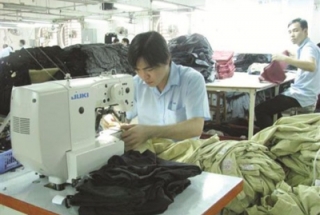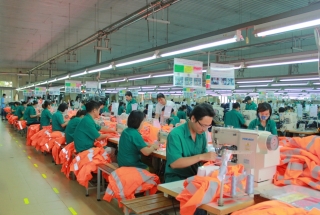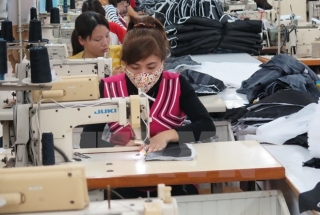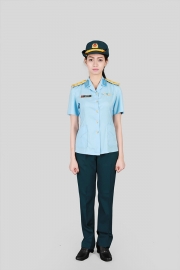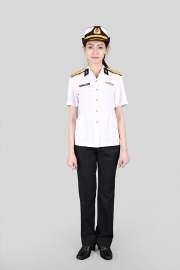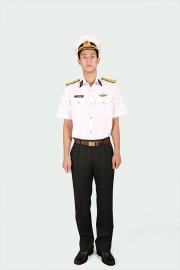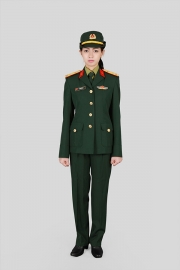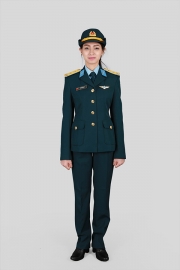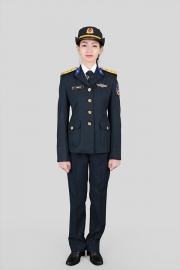Textile: Profit does not increase by revenue
The financial results of the textile and garment companies have partly reflected the difficulties that these enterprises face, with weak demand in major export markets such as the US, Japan ... and the policy to keep the exchange rate of Vietnam dong more stable than some foreign currencies, making Vietnamese goods more expensive and reduce competitiveness.
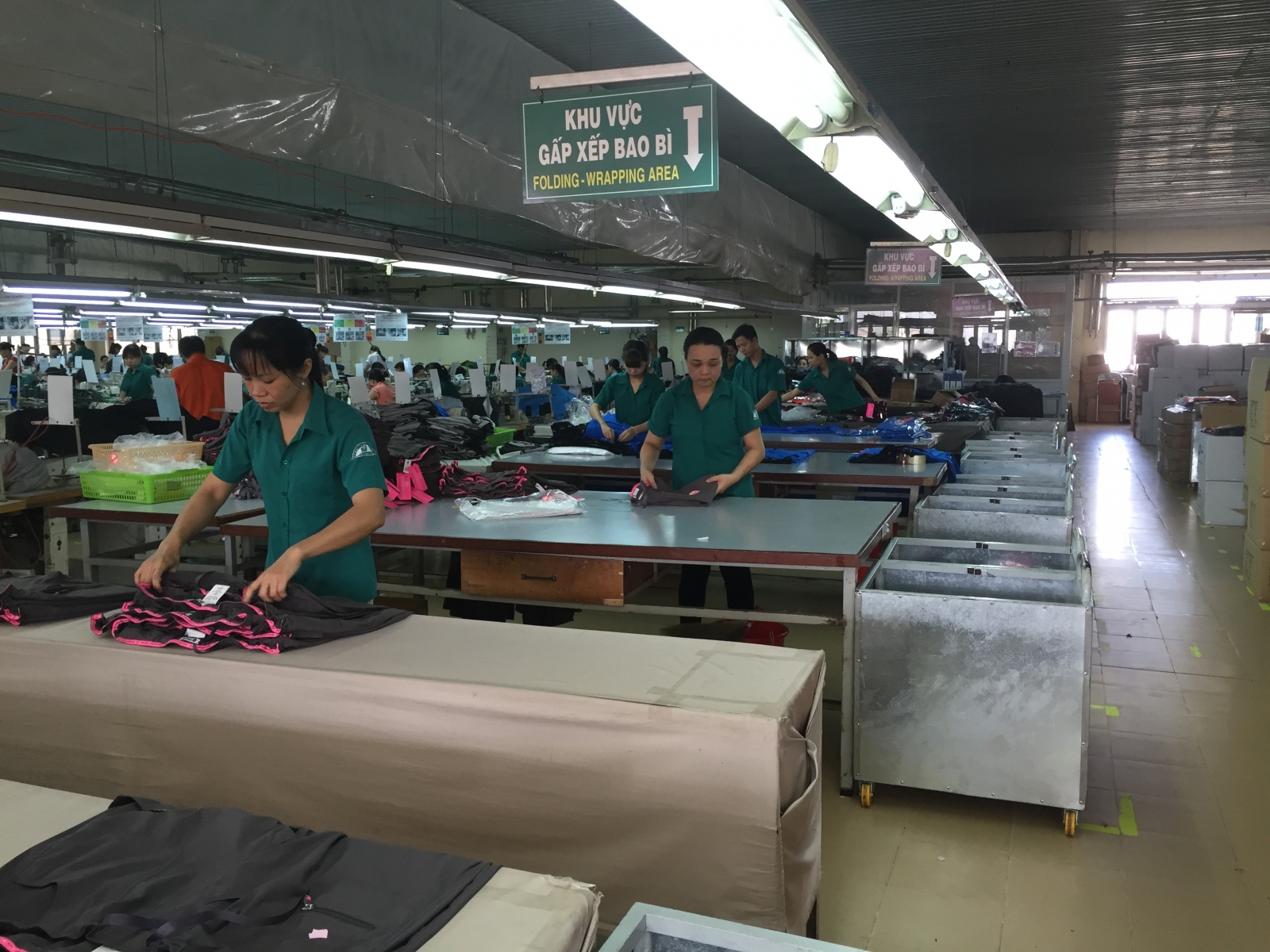
Revenues increase, profit decreases
In 2016, net sales of Thanh Cong Textile Garment Investment - Trading JSC (TCM) increased by 10% to 3,070 billion VND. However, after-tax profit fell by 25% y / y to VND114 billion. Compared with the plan set early in 2016, TCM's revenue and profit only reached 94% and 72%, respectively. According to VCBS analysis, TCM's net revenue growth over the past period was mainly attributed to the contribution from Vĩnh Long and the revenue from export activities thanks to USD appreciation against VND. Nonetheless, after-tax profit dropped sharply as fiber continued to struggle. In addition, the output price of yarn has not increased while the price of cotton cotton began to rise again from March 2016 because the main cotton exporting countries are Pakistan and India lost season. As a result, margins for this segment remained low at around 2% (compared to 6% in the same period last year). In addition, the Vinh Long factory has been in operation since July 2015, leading to a depreciation of TCM in 2016, a 24% increase compared to 2015.
Similarly, at Century Synthetic Fiber Corporation (STK), in the fourth quarter of 2016, the company achieved sales of up to 411 billion VND, nearly 4 times higher than the same period in 2015. However, COGS also increased Up to 335%, the gross profit is only 31 billion dong, up 18% compared to the fourth quarter of 2015. After deducting expenses, STK posted a net loss of 14 billion dong while the profit for the same period in 2015 was nearly 10 billion dong. According to Mr. Dang Trieu Hoa, general director of STK, despite the sharp increase in sales, the selling price in the fourth quarter of 2016 was about 9% lower than that of the same period of last year due to weak demand Excessive and competitive dumping of Chinese companies in the domestic and international markets. Meanwhile, production costs such as raw materials, electricity, labor costs and management in the period did not decrease compared to 2015. Moreover, the company also bear the burden from interest expenses and deduct In addition, STK's financial expense in Q4 / 2016 was 21 billion dong, nearly doubling compared to Q4 / 2015. In the whole year of 2016, STK's after tax profit is only 25 billion dong, sharply lower than the profit of 71 billion dong in 2015.
Similarly, revenue of the fourth quarter of 2016 of G.Home textile investment JSC increased 14% to 96 billion, but profit after tax fell 32%, only reached 1.7 billion. According to Nguyen Ho, Chairman of the board of G.Home, the company's expenses increased significantly over the same period last year. Specifically, financial expenses increased by 30% y / y, management expense increased by 59% y / y, other expenses also increased by 45% y / y. These factors have led to a decline in profitability of the company over the same period last year. Hoa expects STK's profit margin to improve in 2017 as the company speeds up the sale of value-added products such as recycled fiber and prices in the market are recovering due to the supply balance. Demand in the market gradually improved.
At the same time, at Binh Thanh Production and Trade Joint Stock Company (GIL), revenue in the fourth quarter of 2016 reached 260 billion, down 12% compared with the fourth quarter of 2015; Profit after tax of the company is minus VND1.7bn while in the same period of FY2015 the profit is nearly VND19bn. According to General Director of GIL Le Hung, during the period, high value orders have not arrived on time. At the same time, the company also suffered losses due to exchange rate fluctuations. Specifically, GIL's finance expense for the fourth quarter of 2016 was VND34.5 billion, up by three times the same period in 2015.
Loss of advantage
According to analysis by Maritime Securities (MSI), the competition in the textile industry is becoming more and more fierce. Vietnamese garment enterprises are facing great competitive pressure from major exporters in the world such as Cambodia, Bangladesh, India and China ... when they are receiving many preferential policies from Their government, especially the weak exchange rate policy against the dollar to develop the garment industry and attract orders, in addition to the cost of processing the garment industry in recent 3 years of these countries do not increase .
In addition, Vietnam is losing the advantage of cheap labor costs. Only from the period 2008-2016 the regional minimum wage for domestic enterprises has increased 26.4% per year on average and for FDI enterprises increased 18.1% per year. From July 1, the regional minimum wage will continue to increase from 2.58 million to 3.75 million per month for workers. This will cause the textile industry to be under a lot of pressure because the cost of social insurance and health insurance premiums increase ... making the price higher than competitors. In the year 2016, Vietnamese traditional textile customers are gradually moving their orders to lower cost producers such as Myanmar, Cambodia and India. The minimum annual wage increase is lower and the premium rate is only about 18% (while Vietnam is 22%).
In addition, most of Vietnam's exporters to EU, US and Japanese markets use the US dollar. Currently, the dollar has risen against the dollar
| Currency | Buy | Sell |







